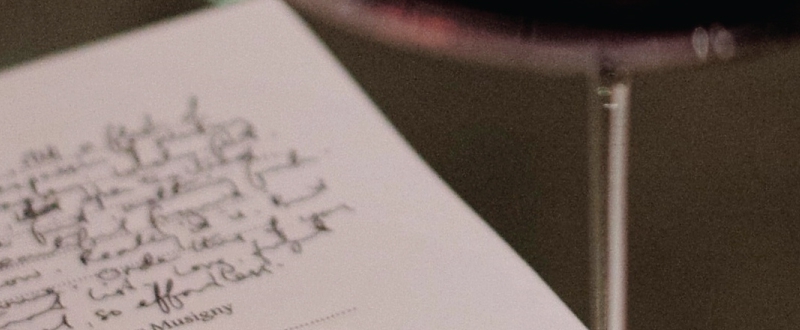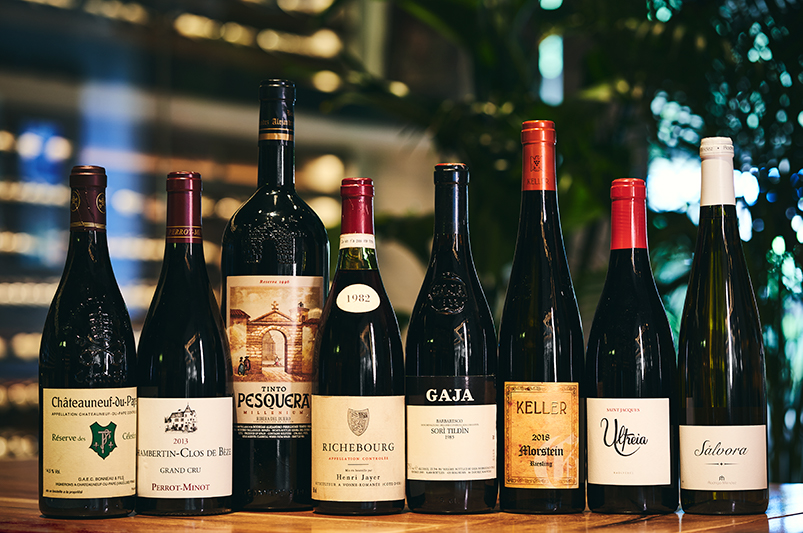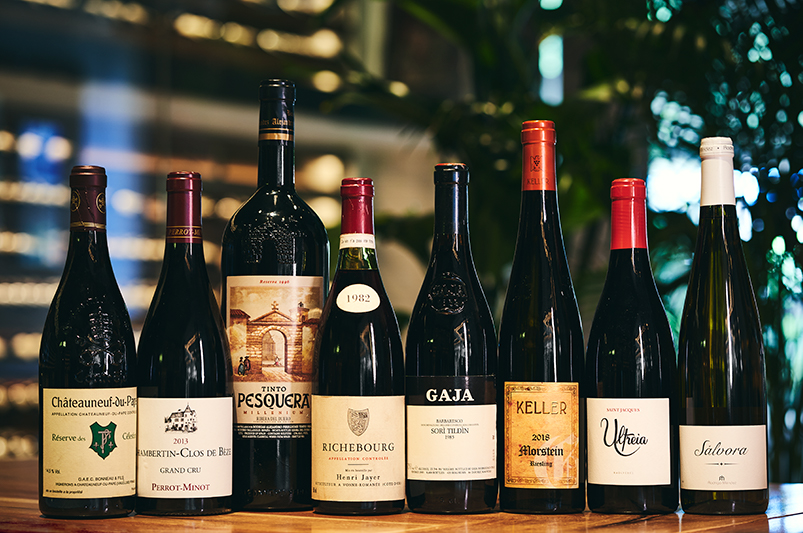



©Linden Wilkie, 18 June 2021
This week I had dinner with a good buddy of mine. The central theme of the dinner was a collection of bottles by a great producer, with labels in such bad shape that we didn’t know the vintages. “70s, 80s” he said. And, as if to extend the tease, the corks offered nothing more - no vintages printed there. It didn’t matter, the wines did all the talking they needed to. They were not only good, not only great, they were unique. They had such a clear and individual voice. I was in awe.
They were a reminder too of how much a single producer can transcend our idea of place. We put a lot of emphasis on terroir, right? It matters. But let’s not forget just how much a single producer can transform our appreciation for the potential of that place, and its esteem. Because this producer - Valentini - certainly did that for Abruzzo. (Big Thanks to my friend for the sharing such wonders).
What kind of personality does it take to be a pioneer in wine? The ones I’ve met are all quite different, but do share one thing in common - a singular vision for what they want to achieve, and a rule book, or set of quality standards that dramatically exceeds (or breaks) those set by the laws or conventions of the place where they make their wines. Some gain such a following the wines become very expensive, while others languish. But unless they go broke they persevere, determined to see their vision in bottle.
Is there some advice to extract from this cheery message? If you see a producer who is making amazing wines - if that’s what your senses tell you when you smell and taste, when you experience the wine, do not walk away when the place mentioned on the label isn’t one you follow. Buy some of the wine. You’ll be supporting a visionary and you’ll drink well. Some will become the classics of tomorrow.
So, here’s to the pioneers.
Here’s to Henri Jayer, who pioneered low yields and strict selection in Burgundy, to Klaus-Peter and Julia Keller, who put Rheinhessen on the global fine wine map for his dry Rieslings, to Angelo Gaja who saw a place for his Barbarescos alongside the finest wines of France, to Georges Vernay, who saved his beloved Condrieu from near extinction, to Henri Bonneau, who took us to the heavens with his Châteaneuf-du-Pape ‘Réserve des Célestins’, to Alejandro Fernandez who believed so much in Tempranillo that his Pesquera estate in Ribera del Duero is now considered a classic, and to Elaine and Manfred Krankl who showed that wine could be art and art could be wine, at Sine Qua Non in California.
And who looks like they might be on their way? I would pay attention to some of the wines Raúl Pérez and Rodrigo Mendez are making at Raúl Pérez in Bierzo and Forjas del Salnés Rias Baixas, Spain, to what Pierre Gonon is doing for St.-Joseph in the Northern Rhône, and to the level of precision being delivered today by Christophe Perrot-Minot in the Côte de Nuits.
